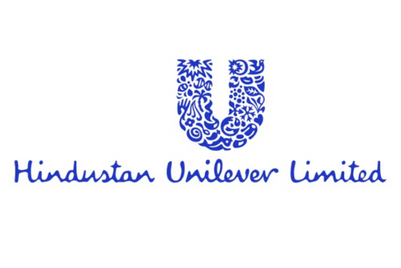
HUL’s current strategy for its brands is visibly marked by a roadblock spree, one on STAR Network and Zee Network within a span of two months. In the recent past, MTV has signed roadblock advertising deals with giants such as Nokia, ITC and Cadbury.The strategy is irrefutably the latest trend in Indian media that has sent the larger networks waltzing to the banks.
Key stake holder’s standpoint
For a brand it is the quickest way to gain TOM recall through increased SOV; however, it requires large investments and runs the risk of hurting the brand if the high frequency causes fatigue and irritation. Also, the resultant hype, albeit high, is extremely short lived as against property sponsorships and other engagement-led innovative ideas which last longer. While it is good for announcing new launches in an established category with large players, it greatly compromises the advertisers’ ability to engage in sustenance advertising at optimum levels thereafter. Thanks to the high investment, even big spenders usually save roadblocks for major launches, re-launches and special events as in the case of the Vodafone name change or Future Bazaar’s shopping festival.
From a consumer perspective, this strategy serves as a good tactical route to ensure quick registration of the new message through repeat viewing at high frequency. In the absence of any newness in the creative or promotions or product offering, using intensive and concentrated media weight will most likely end up being an irritant for the television viewing consumer.
Media owners are the biggest gainers from this arrangement, as it not only helps them meet their targets, but also showcases the network as an innovator, while helping them fill-up low-inventory time bands. The opportunity cost of letting go of other advertisers for a day is made up for by the premium that such an activity attracts.
The HUL roadblock: The Genesis
On the market front, analysts’ reports in the media have suggested that other FMCG players have thrived by continuously gnawing at the market share of the market leader. Consequently, HUL has also reportedly registered the worst growth in sales since the December quarter of 2004.The company’s future performance is very crucially hinged on advertising aggression and product line rejig. Therein perhaps lay the genesis to the adoption of roadblock as a strategy.
The marketing conundrum
There is no doubt that the blocks helped Levers reach out to large audiences within a short period in time. Conventional wisdom for FMCG suggests that the short buying cycles necessitate continuous low-intensity activity to showcase the brand. HUL could have reached the same audiences with similar frequency without compromising on the recency factor at a much lesser cost even with a normal scheduling pattern. With no new launches coupled with a relatively sombre media environment, how does one justify a strategy which cost somewhere in the range of Rs 8-9 crores per day of the road block?
The spread of FCT across multiple, established brands and previously seen commercials takes away the zing from the exercise. The roadblock could end up serving merely as a discussion highlight in the media fraternity with no apparent impact on the target consumer or brand off-takes. The HUL block executed gives the impression of the extravagance of a have-it-spend-it marketing hotshot rather than a well thought of brand strategy.
Parting Shot
“I know I waste half the money I spend on advertising,” department store pioneer John Wanamaker said. “The problem is, I don’t know which half.” While wastage is an accepted part of the bargain, aren’t we supposed to (as partners with brand marketers) exercise and ensure prudent spending of client’s promotional outlays?
On the other hand the role of the advertising /media agency needs to change from that of an executor of a brand custodian’s brief to taking joint ownership and decision making for the brands promotional strategy.
Shailesh Velandy is vice-president (strategic planning) at Mudra Radar
Disclaimer – The views expressed in this article are purely in an individual capacity and may not necessarily corroborate with that of the agency’s




.jpg&h=268&w=401&q=100&v=20250320&c=1)

.png&h=268&w=401&q=100&v=20250320&c=1)
.png&h=268&w=401&q=100&v=20250320&c=1)
.png&h=268&w=401&q=100&v=20250320&c=1)
.png&h=268&w=401&q=100&v=20250320&c=1)
